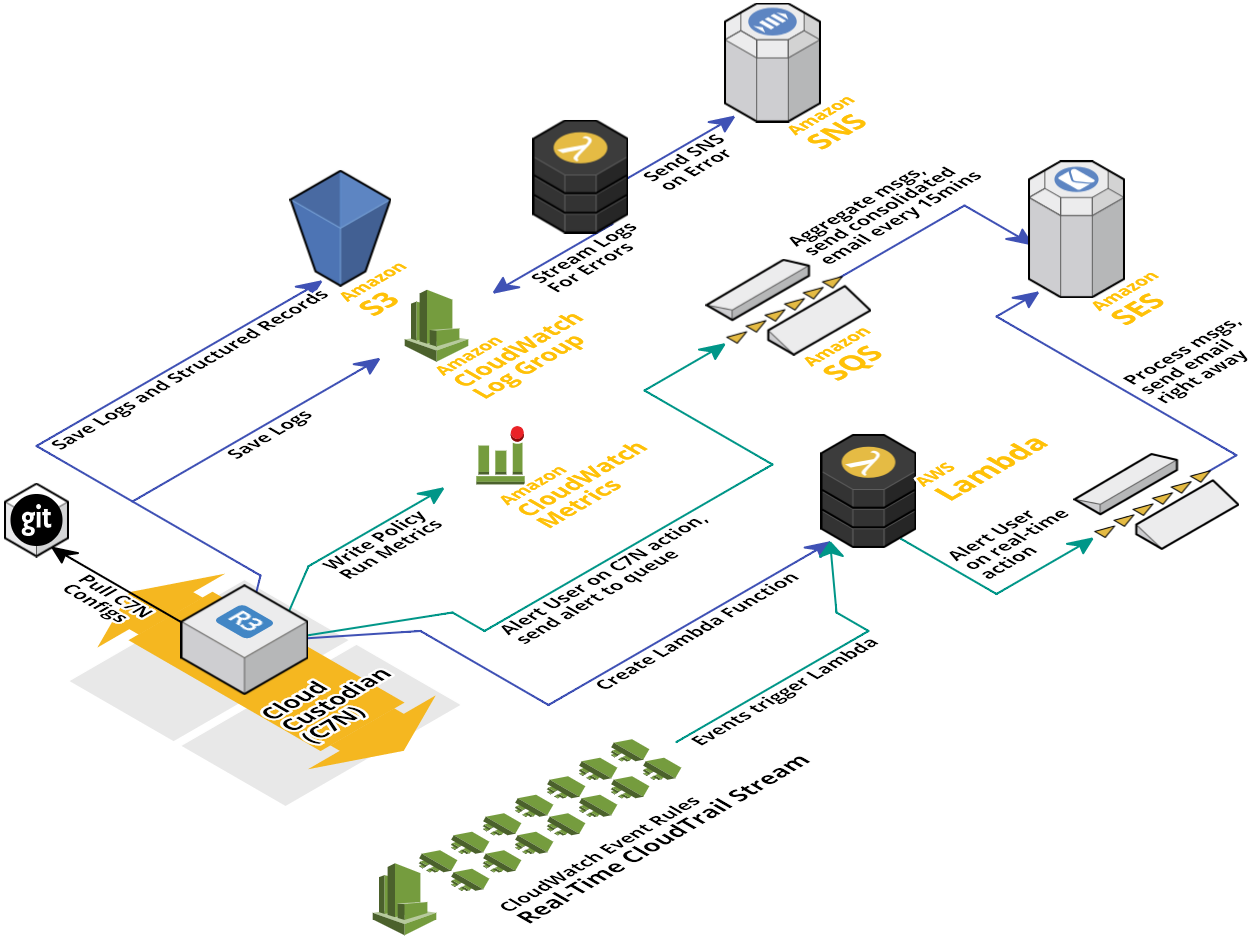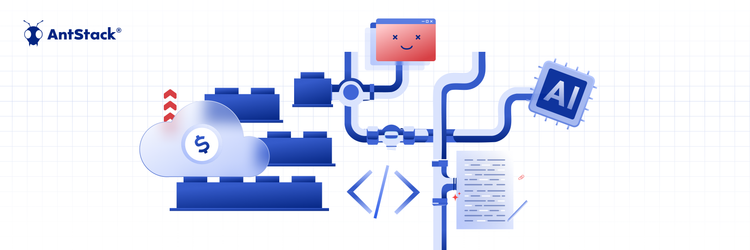I often get to hear this question, “Is Serverless really for Enterprises?”. I would like to answer this in two parts. The first one is this article that explains my what, why, when, where, who and how of Serverless. Serverless architecture is no longer just a buzzword, it's driving successful deployments in major corporations like Taco Bell, Netflix, and Amazon. But how exactly is it being used? Let’s break it down:
What: Serverless is an architecture where the cloud provider dynamically manages the allocation of machine resources. It allows developers to focus solely on writing code without worrying about underlying infrastructure.
Why: Companies adopt serverless to reduce operational costs, improve scalability, and accelerate time-to-market. By offloading server management to cloud providers, businesses can focus more on innovation and less on maintenance.
When: Serverless is most beneficial when building microservices, handling unpredictable workloads, or developing applications that require rapid scaling. Companies like Netflix use it for real-time video encoding, ensuring smooth streaming during peak demand.
Where: Serverless is being implemented across various industries, from e-commerce giants like Amazon using AWS Lambda for order processing, to QSR companies like Taco Bell using it for PoS and order management.
Who: Both startups and large enterprises benefit from serverless. Startups leverage it to scale quickly without upfront infrastructure costs, while enterprises use it to enhance existing systems and drive digital transformation.
How: Serverless functions like AWS Lambda, Azure Functions, or Google Cloud Functions manage the execution of code in response to events, automating scaling and managing resources efficiently. This allows companies to optimize performance while reducing overhead.
Real-world examples show how these giants have optimized performance, reduced costs, and increased scalability—all without managing a single server. As you read this, my team is supporting large companies such as Landauer, and other enterprises to modernize their legacy business systems. Serverless isn't just the future—it's the present for production environments.
Busting the Scalability Myth: Serverless for Massive Scale
Think serverless is just for small projects? It's time to rethink that notion.
The Scalability Myth
There's a common misconception that serverless technology is only suitable for small-scale applications or startups with limited resources. Many believe it can't handle the demands of large enterprises or massive workloads.
Serverless can Auto-scale
Large enterprises are proving this myth wrong, leveraging serverless for critical, high-traffic applications with tremendous success. For example, Taco Bell uses serverless to perform business logic and data transformations, to handle the complex task of creating unique menu's for each of their over 7000 restaurants. Similarly, FINRA, which processes over 6 billion market events daily, relies on serverless to manage this enormous scale efficiently .
1. Netflix
Netflix, one of the world’s largest streaming services, utilizes serverless architecture to optimize its video encoding process. By using AWS Lambda, Netflix can process and encode video files in parallel, dramatically reducing the time required to make new content available to its global audience. This approach allows them to handle massive scale during peak times, ensuring smooth streaming experiences for millions of users simultaneously.
2. Airbnb
Airbnb leverages serverless technology to automate critical business functions like data processing and image management. By using Google Cloud Functions, Airbnb can efficiently process millions of images uploaded by hosts, ensuring that each listing is accurately represented. This serverless approach allows Airbnb to scale its operations seamlessly as it continues to grow its global user base.
3. The New York Times
The New York Times uses serverless architecture to handle the enormous traffic spikes during major news events. By implementing AWS Lambda, they can dynamically scale their infrastructure to meet the demand, ensuring that their website remains fast and responsive, even during peak traffic times. This capability is crucial for delivering timely news to millions of readers around the world.

Credit: The New York Times | AWS
4. Capital One
Capital One, a major financial institution, uses serverless technology to enhance its security and fraud detection systems. By leveraging AWS Lambda, Capital One can process and analyze vast amounts of data in real-time, detecting potential fraud with high accuracy. This scalable approach enables the company to protect millions of customers without the need for extensive infrastructure management.

Credit: Capitol One | AWS
5. Nike
Nike uses serverless architecture to power its e-commerce platform, handling millions of transactions globally. By adopting serverless solutions like AWS Lambda and DynamoDB, Nike can manage high volumes of online traffic, particularly during product launches and peak shopping seasons. This ensures a smooth and reliable shopping experience for customers, regardless of the scale.
Serverless isn't just for small projects—it's a powerhouse for massive enterprise applications, offering unmatched scalability, cost efficiency, and speed.
Find out how to explore the benefits of serverless and effortless modernization with us. Block some time here to brainstorm a solution for you.









